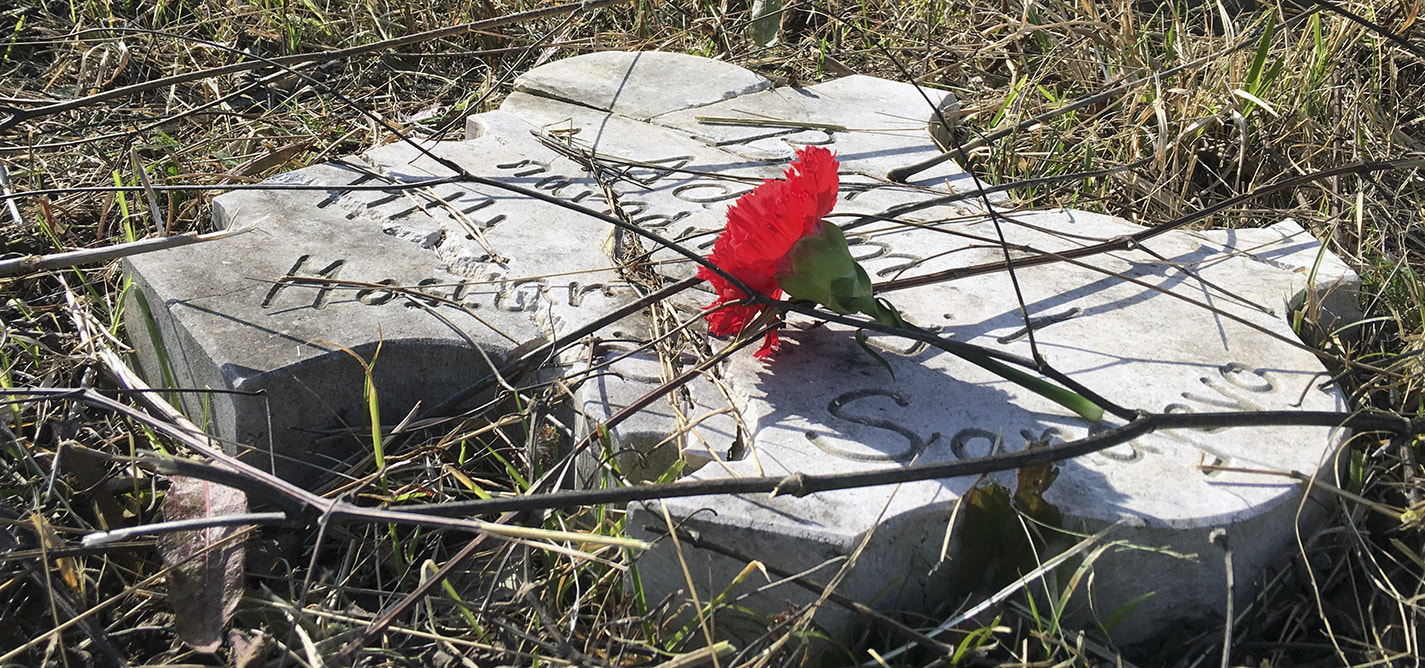
Rewriting history
How socialist Yugoslavia’s legacy is being removed from the landscape.
|19.08.2017
|
Bandic sought to form a coalition with Bruna Esih and Zlatko Hasanbegovic, whose given condition for their support was “taking down the Marshal.”
"The naming of streets in a unique opportunity for writing history."
Bojan Marjanovic, University of Zagreb
Jelena Prtorić
Jelena Prtorić is a journalist that (mainly) covers South-eastern Europe, she writes for web and print platforms, in Croatian, English, and French. She usually writes about politics, human rights, culture, the environment, and a variety of social topics.
This story was originally written in Serbian.